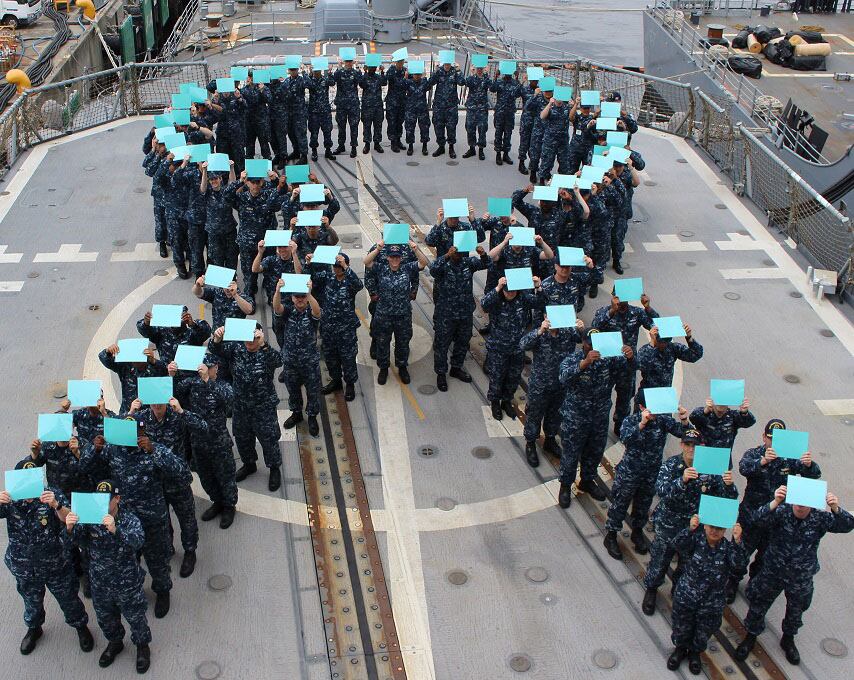Any service member can repeat back what they’ve learned about preventing sexual assault in required training, but a study released by the Defense Department on Thursday shows that the military still has a long way to go when it comes to stamping out not only assaults, but the toxic and harassing command cultures that set the stage for sexual violence.
The study was part of a congressionally mandated yearly report from the Pentagon. The study involved conducting focus groups to get the force’s feedback on the existing sexual assault prevention efforts to determine what’s working and what isn’t.
That feedback reveals that young service members are as vulnerable as ever to unwanted advances both from their peers and authority figures. While they generally believe their senior leadership is committed to their safety, it’s mid- and junior-level leaders who are either not modeling proper behavior or are turning a blind eye when they see problems arise.
“Today I bent over to get something. And I didn’t know there was anybody behind me,” a female junior enlisted Marine told one of the focus groups. "Bent over to grab something really quick and a sergeant is behind me and said, ‘Oh, don’t tempt me.’”
Overall, the annual report found that sexual assault reports were up 3 percent in fiscal year 2019, for a total of 6,236. But Nate Galbreath, the deputy director of the Pentagon’s Sexual Assault Prevention and Response Office, said this year’s study did not ask service members to anonymously report assaults. “I can’t tell you whether or not the crime rate went up,” Galbreath told reporters.
Surveys that ask troops to anonymously report sexual assaults are conducted on even-numbered years.
Galbreath’s office estimates that the number of sexual assaults that are reported to authorities is now around 30 percent of total assaults committed, versus the 7 percent figure established when DoD first stood up the office more than a decade ago. “For the first 10 years of the program, we did see quite a bit of progress,” he said, estimating that the prevalence of sexual assaults fell from about 34,000 in 2006 to 14,000 in 2016. “But then in 2018, we came to you and we saw an uptick in the rates, largely in women.”
And especially women ages 18 to 24, during their first terms of service.
One junior enlisted female Marine told a focus group: “When I first got here, all the people in my shop specifically, they live on third deck and I got put on first deck. ... And when I asked why, they said it’s because I was going to get raped if I lived on third deck.”
The Pentagon’s Office of People Analytics conducted 61 focus groups last fall, speaking to 493 service members ― including some local sexual assault and harassment prevention advocates ― at eight installations.
Dozens of anecdotes included in the report show that for many troops, a culture of weekend binge drinking coupled with apathetic ― or even predatory ― supervisors continues to plague the services.
“One of our prevention efforts over the past year focused on preparing leaders at all levels to better reach our youngest service members who are most at risk,” Galbreath said in a statement. “Helping our newest enlisted leaders and supervisors create healthy unit climates will benefit our military and all those who serve.”
Reports of harassment increased 10 percent in 2019, he told reporters.
“I think over the last few years, the Navy’s taken a big step toward sexual assault prevention," a male senior enlisted sailor told a focus group. "And it’s every time you turn around, we’re having to do some type of All Hands Call, face-to-face trainings. They do SAPR Awareness months, and while it may not be 100-percent effective, I think the effort that they are putting into it, and the amount of time, money, and training I think they’re pushing it as hard as they can.”
But it’s down at the lower levels, according to the report, where the message isn’t always put into practice.
“We see it in our annual trainings, kind of the requirement that we got to check off,” a female junior Marine officer told a focus group. "But where I would like to see it is people actually calling each other out for stuff that influences the culture of that. Like being okay with people saying really [derogatory] things towards men or women in that case and be like, ‘Hey, let’s keep that out of the workplace.’ I haven’t seen that.”
‘Bad choices’
While the research shows that junior enlisted troops have respect for their senior leaders, those younger troops say it is their the mid-level enlisted leaders who are sometimes failing to set the tone and police unacceptable behavior.
“...participants indicated that leaders who allow inappropriate behaviors to persist and who participants perceived to not care about preventing sexual assault and sexual harassment create an unhealthy environment for coworkers, lowers the standard for acceptable behaviors, and allows for the escalation of inappropriate behaviors, such as lewd comments and jokes,” according to the report.
And troops notice how much or how little their leaders do in the face of harassment.
“I think people take sexual assault way more seriously… People have banter and they’re like, ‘It’s harmless, it’s just talk.’ Sexual harassment culture leads to sexual assault, so when something bad actually happens, then it’s actually taken seriously,” a junior male enlisted airman told a focus group.
Per focus group feedback, there are environments within the force where not only are supervisors taking advantage of their junior troops, they are methodical about it.
“Seniors grooming their subordinates and making those targets of opportunity happen,” one Army SHARP coordinator told a focus group. "For instance, I’m a senior, I’m going to make you feel special, I’m taking you through the grooming process, then I’m going to invite myself or create a poker game at your residence, and I’m going to invite everybody. However, when I get there, I am going to target you. I’m going to get your spouse totally ripped, drunk, and they’re going to pass out, then I’m going to take advantage of you.”
RELATED
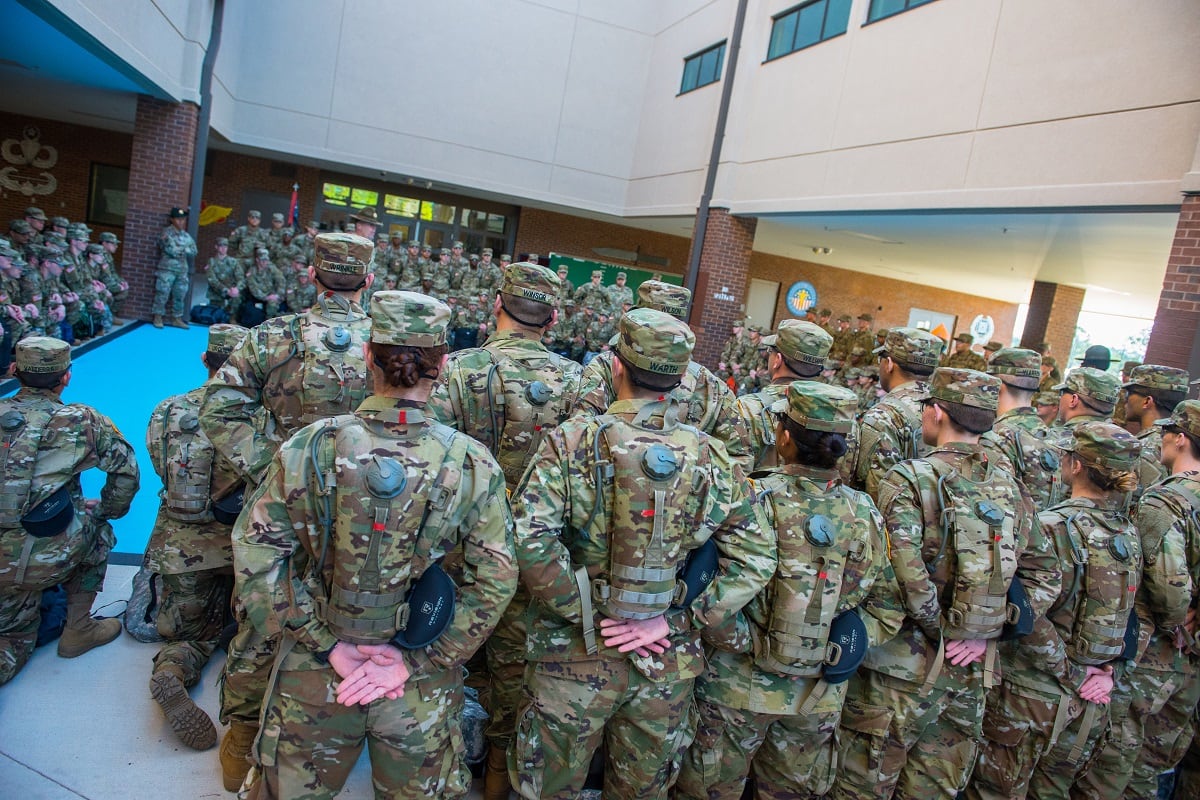
Sexual harassment has been identified as part of that grooming process, as DoD research has shown that command climates identified as toxic, especially where harassment is concerned, have a high correlation with sexual assaults.
“In general, participants indicated that sexual harassment at their installations includes lower level behaviors such as staring, gawking, making sexual jokes or comments, sharing explicit images, and repeated attempts at unwanted relationships,” according to the report. “However, sexual harassment is not always identified correctly, and definitions of sexual harassment can differ among genders. Participants expressed that lower level sexual harassment behaviors are not always properly addressed when they occur due to service members’ perceptions that the behaviors are not serious or are harmless.”
But that kind of behavior can and does escalate.
“In the work center, usually that person says a joke. It may be somebody who has already said inappropriate jokes, and [they] look and see who reacts, who is offended, who doesn’t say anything, who laughs, and they know [how] far they can go," a Navy SAPR coordinator said. "They may go from a joke here to a touch there, and they just build that over time, so when the big thing happens, they were building up to that. That’s why they’re able to keep doing it, because then they know, ‘I know she’s not going to say anything. I know he’s just going to laugh.’”
But that lack of understanding of what harassment looks like, and how to deal with it, can also apply to sexual assault.
“With the younger sailors, they don’t necessarily know how to identify what actually is sexual assault or would be classified as harassment," a Navy SAPR coordinator said. "Some may think, ‘Oh, I got drunk this night. I don’t know what happened. I woke up in this other person’s bed or whatever the case may be.’ They don’t realize that that’s assault, as opposed to someone that’s been in for a little while longer, that have sat through enough bystander intervention trainings, that have gone through the different types of training, they know whether I remember it or not, I know I can’t say that I fully 100 percent consented to what happened last night.”
Alcohol plays a major role in many military sexual assaults, as does the close quarters. For some, that’s just an accepted part of the culture.
“First time away from home, for most of them. And you’re giving them a job, and then you’re like, ‘Hey, on the weekends, we’re going to put you in the middle of this complex where essentially everybody just parties. Okay, go. Don’t do anything bad.’ I mean, bad decisions are going to be made and it’s the nature of it," a male junior Marine officer said.
“You can obviously do all the things that, as leaders, you should be to educate your Marines on how not to do things to put themselves or the Marine Corps, or any of their friends in a negative situation, but they’re 18- and 19-year-old kids, sometimes bad things are going to happen because sometimes you’re going to make dumb choices.”
‘The male gender’
There are a few tropes you will hear, and that service members reported to the focus groups, when you ask how about SAPR training: one is that the check-the-block PowerPoint presentations just don’t resonate, and another is that they focus too much on male perpetrators and female victims.
“I feel like it is heavily pressed upon the male gender to be in compliance with those regulations,” a male senior enlisted airman said. "And I feel as though in our culture it is not looked at enough about [female service members] and being the aggressors and heavily weighing on that in our culture. Sorry, but especially if you have male leadership, they tend to look the other way when it is a female [perpetrator] and they tend to just ignore it. It could be completely outright, explicit and they tend to ignore it more.”
There is also not as much attention paid to male-on-male harassment and assault in training, largely because that often occurs in a hazing context, which the culture views as different from other assaults.
“A lot of our male victim cases I’ve seen especially recently begins with them having a hazing. Things that we identify more as hazing and more certainly harassment, then leading up to what’s classified as the sexual assault," a Marine Corps SAPR coordinator said. "There is an opportunity there to notice or report that behavior at the other levels before it’s something that escalates and again, both specifically in male cases, we’ve seen the intent to haze and/or harass before its acted on.”
RELATED
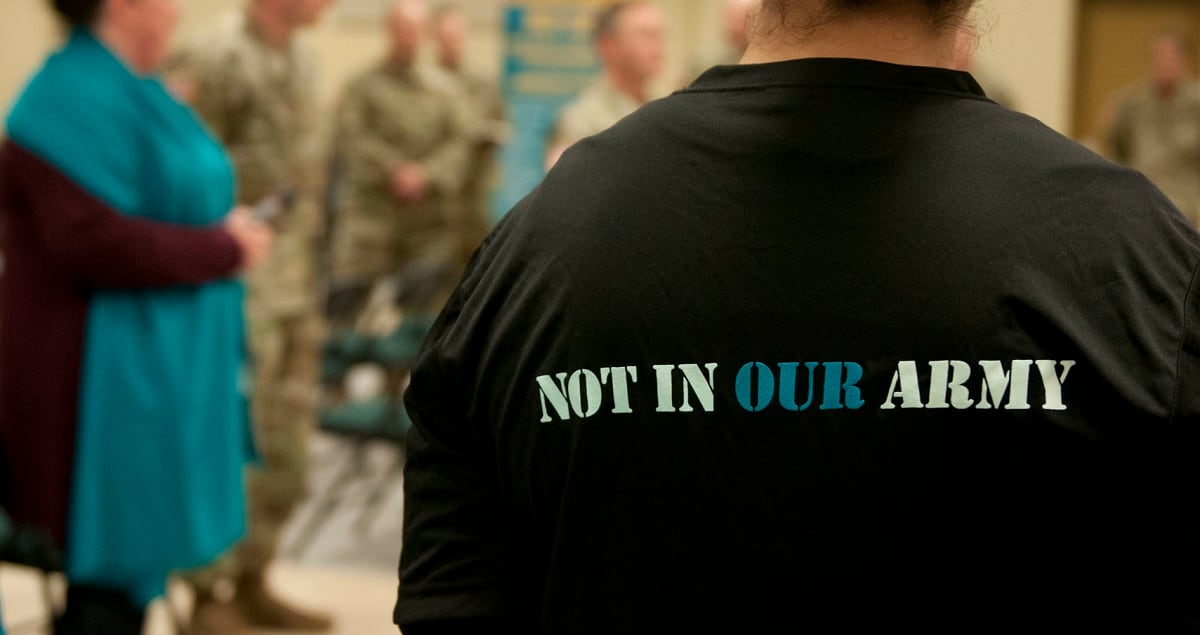
While the vast majority of sexual assault reports filed each year involve a male perpetrator and a female victim, Pentagon research has estimated that while 43 percent of women report their assaults, only 17 percent of men do.
Some estimates have placed the number of male survivors of military sexual assault are higher than that among women, partly a reflection of the fact there are simply more men in the military.
“A lot of people talk about how many female [service members] get assaulted, but more male [service members] on this base get assaulted on a daily basis than female [service members] do. It’s one-a-day for male [service members] because of the grunt barracks," a female junior enlisted Marine said. "Men are [explicit] each other and they’re raping each other and that’s so [explicit] up and nobody wants to talk about that. And they feel underrepresented because in the Step Up training, all there is is this female [service member’s] getting assaulted at a party and no male [Service members] are being talked about at all.”
Accountability
The problems are compounded when troops feel like their disclosures aren’t taken seriously. Sometimes they aren’t believed, they said, but other times, the rank, gender or job title of the perpetrator seems like a free pass.
“They say that there is a zero-tolerance policy when it comes to SHARP incidents, like if you sexually assault somebody, if you sexually harass somebody, automatically you’re getting kicked out. And that’s not always the case,” a female Army noncommissioned officer said. "You know, it’s happened where seniors are sexually harassing, sexually assaulting junior enlisted soldiers, whether that be junior officers, NCOs, period, junior soldiers. It’s happening. And their rank is being used to favor them like, ‘Oh, well they’re a lieutenant colonel’ or ‘they’re this, they’re that.’ Like it was a lapse in judgment.”
“It’s like they say, ‘Oh, sexual assault isn’t tolerated.’ But then you have people who get charged with it and they’re still here and to me it’s like a joke," a female junior enlisted Marine said. "It’s basically saying [to] the victim, like, ‘Well, okay, I’m sorry for you, but this man he still deserves to have a job. He still deserves to be here.’ It’s like a laugh in the face honestly. It’s like a slap in the face too, I guess.”
RELATED
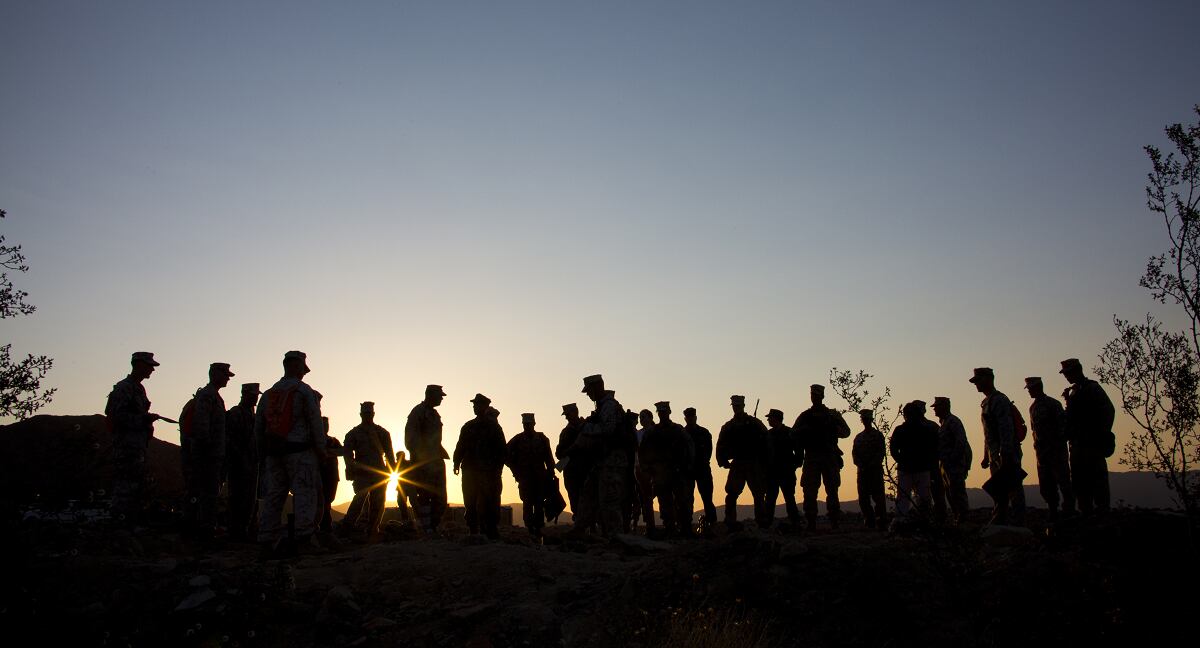
In 2018, then-Defense Secretary James Mattis issued a memo calling for commanding officers to flex their Uniform Code of Military Justice muscle, rather than falling back on administrative and non-judicial punishments to handle misconduct.
His letter wasn’t just about sexual assaults, but it underscored a key aspect of tackling the issue.
Lawmakers, notably Sen. Kirsten Gillibrand, D-New York, have in recent years called for sexual assault prosecutions to be taken out of the chain of command, arguing that COs have proven that they lack the will or the understanding to properly adjudicate sexual assaults.
Criminal action, one metric to show how the military is handling the issue, was largely stagnant in 2019.
Of 3,716 reports investigated in last year, 63 percent of them — or 2,339 cases — were recommended for commander action, according to the report. Of those, commanding officers took action on 1,629 cases, including 794 courts-martial, 360 non-judicial punishments and 474 adverse administration actions, including involuntary discharge from the service.
While the number of courts-martial and NJPs stayed about steady from 2018, to 2019, Galbreath said, administrative actions rose ― indicating that in some cases, commanders were choosing to either slap perpetrators on the wrist or unload them from the service, rather than take harsher action.
"I am tired of the statement I get over and over from the chain of command: ‘We got this, Ma’am. We got this,’ " Gillibrand told Army Chief of Staff Gen. James McConville in May 2019, after reading DoD’s 2018 SAPR report. “You don’t have it. You’re failing us. The trajectories of every measurable are going in the wrong direction.”
‘Healthy relationships’
Another common piece of feedback about SAPR training is that it focuses too much on "what not to do."
“SAPR/SHARP responder participants recommended incorporating trainings on how to have healthy relationships based on the common characteristics of sexual assault cases, including misunderstandings and trespassing on personal boundaries in both platonic and romantic relationships,” according to the report.
That recommendation echoes some experts invited to speak at the Naval Academy last year, as it hosted a summit on campus sexual assault.
Young people largely develop their attitudes and behavior around sexual relationships in high school, and may come onto campus or into the military having already survived a sexual assault or just not having any healthy reference for relationships.
RELATED
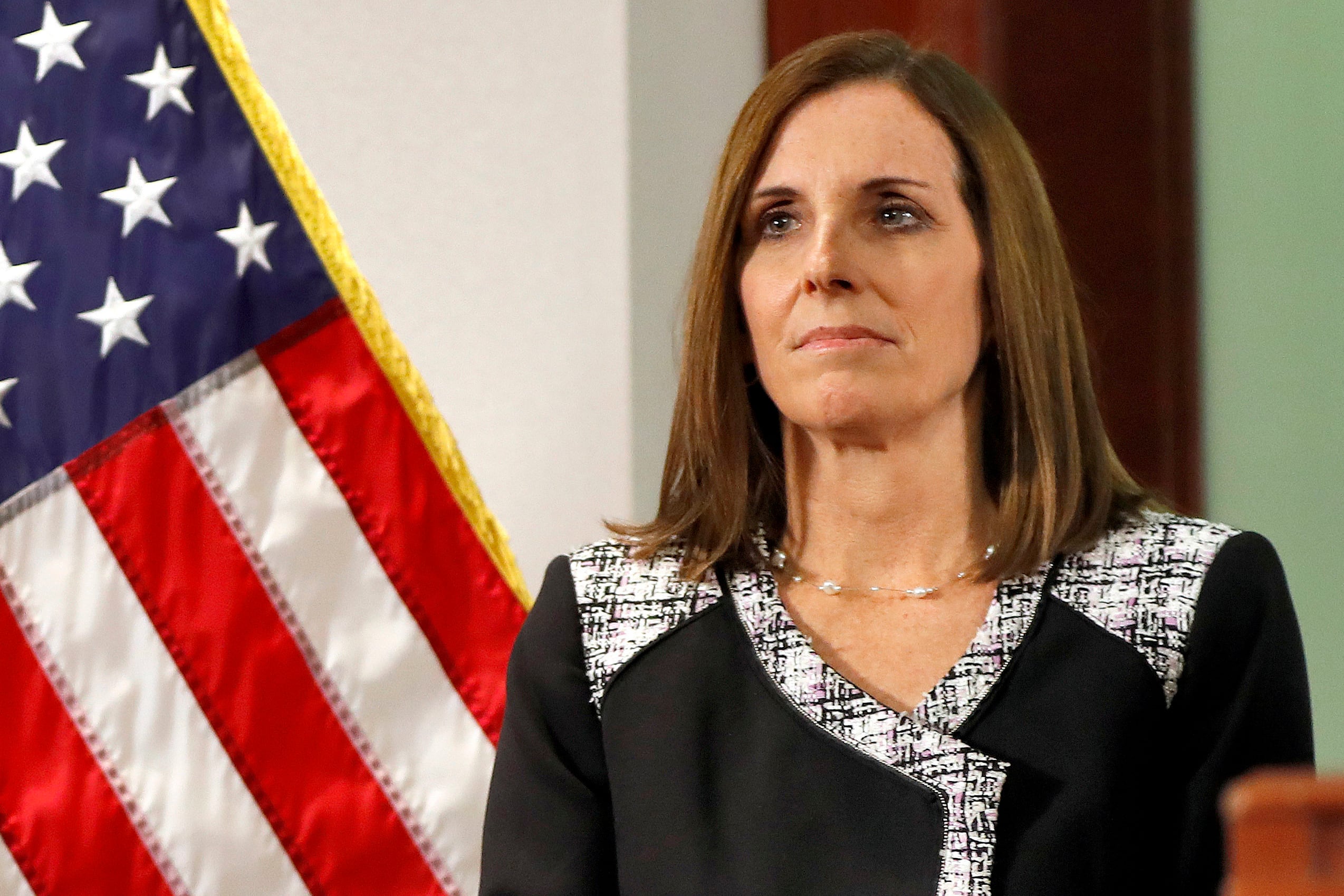
While the report does not delve into the root causes of these dynamics among service members, some of the focus group responses point to a pattern.
“Although some male participants highlighted their female leadership as evidence that gender discrimination is not an issue at their installation, other male and female participants noted that gender discrimination at their installation or in their unit manifests in a number of different ways,” according to the report.
Gendered physical fitness standards have long been a point of contention between male and female troops, using the fact that women can run more slowly and doing fewer push-ups as a sign of their inferiority.
“Participants pointed to differences in physical fitness standards, female service members’ inaccessibility to certain 'working’ jobs, and leadership favoritism of one gender over the other as recurring issues faced by male and female service members,” the reported continues. “Embodying different standards can create the perception that a promotion is not earned or that someone was placed in a particular job based on their gender rather than their qualifications.”
Damaging stereotypes against women also abound.
“Some participants pointed to their perception that female service members manipulate male service members and/or military systems to get ahead or avoid deployment,” according to the report. “These perceptions only add to workplace hostility and may continue systemic gender discrimination rather than to dispel gender-based misperceptions and bolster workplace camaraderie.”
While that is a tougher battle to wage, Galbreath said that OPA is working on tools for commanders to get a better read on those types of damaging attitudes and behaviors in the context of command climate surveys they already undertake.
“We want to make sure we’re providing commanders with more actionable information with regard to the climate challenges that their units face," he said.
“Someone literally got raped in a fan room, and they’re the one being extricated off the ship, the person who got raped. Rather than the other person, because, ‘Oh, the other person is more mission oriented.’” — Junior Enlisted, Male, Navy
“[Mission-first mentality is] having no understanding of individual needs or what your Airmen are going through and driving everything has to be perfect. And if you mess up even once, then you’re ostracized, and the mission matters more than people. And it really should be people first because if you take care of the people, the mission’s going to happen.” — Junior Officer, Female, Air Force
Meghann Myers is the Pentagon bureau chief at Military Times. She covers operations, policy, personnel, leadership and other issues affecting service members.
